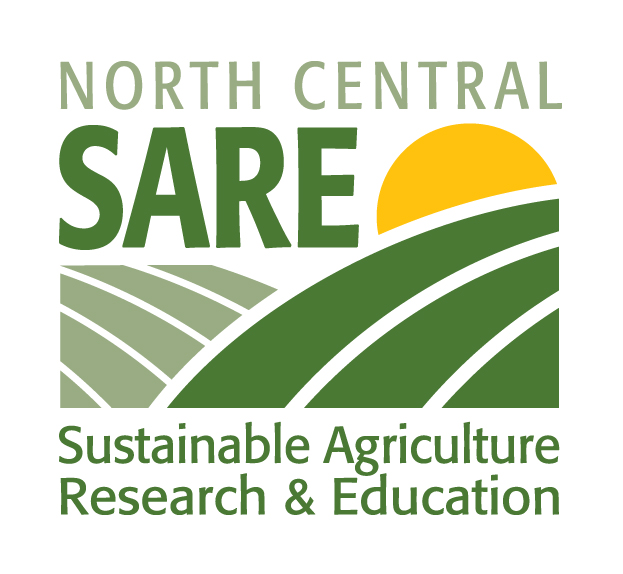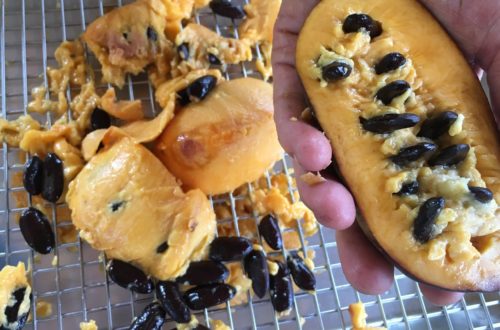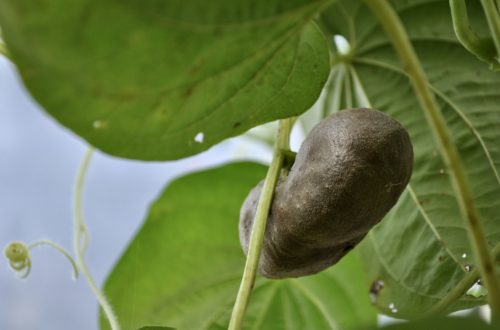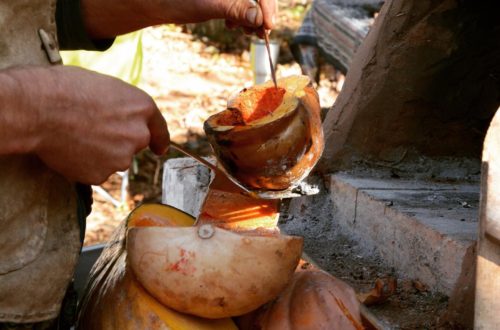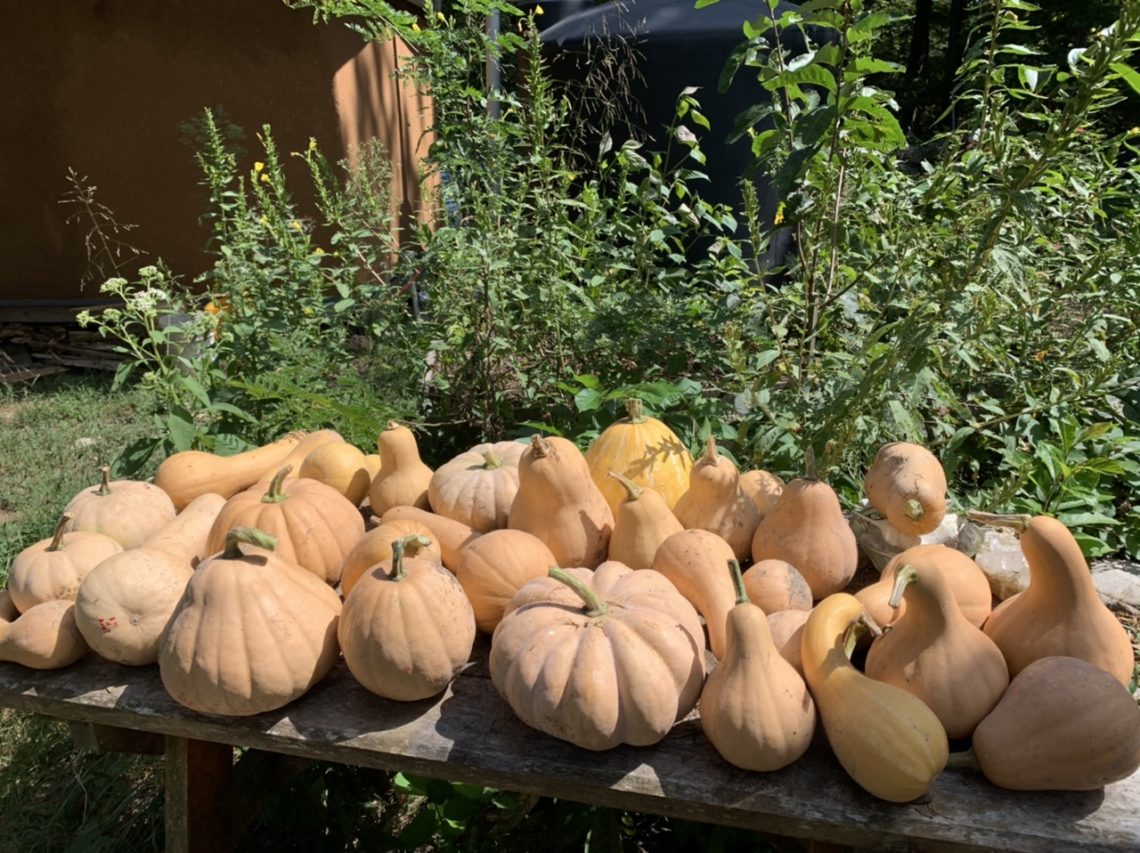
Ozark C. Moschata Grex 2021 Season Wrap Up
2021 was an exciting year in squash growing. I started the year off with anticipation toward the squash project. I was curious as to how the genetics I had crossed in 2020 would fare in relation to the squash bugs. You can read my beginning of the season post to get an idea of the specifics of the project.
In short summary of the project’s goals and aims for 2021: I created a Cucurbita moschata grex which is a flock of genetics crossing at random (think pollinators: we thank our 6 honeybee hives, among other populations of native bees, for their ample pollination). I didn’t manage for squash bugs at all, the biggest pest of cucurbits in the Ozark bioregion. Instead I observed which plants thrived in relation to squash bug pressure, watering once per week. I started with from seed from 2020 where I had chosen specific varieties based on purported squash bug resistance. In 2021 I grew out the F1 seeds, having saved the seed with loose naming based on the phenotype of the squash it came from (ie. “seminole cheese cross”, “thai kang kob phenotype”, “rancho marques cross”.)
The following article contains some reflections from the year. The data I collected and more specific findings will be summarized in my SARE project report on their website – which I will link to here once it is available.

2021 Squash Project
2021 started off with a lot more rain that in previous years. The squash were quite happy and didn’t need supplemental watering for the first month. Of course, typical of Ozark summers, the heat and drought soon came and I started deep watering once a week. It was disconcerting to watch the squash bugs colonize the leaves. Knowing the amount of damage they can do to a plant, it was challenging to just leave them be- but that was the experiment! They bred in great numbers.
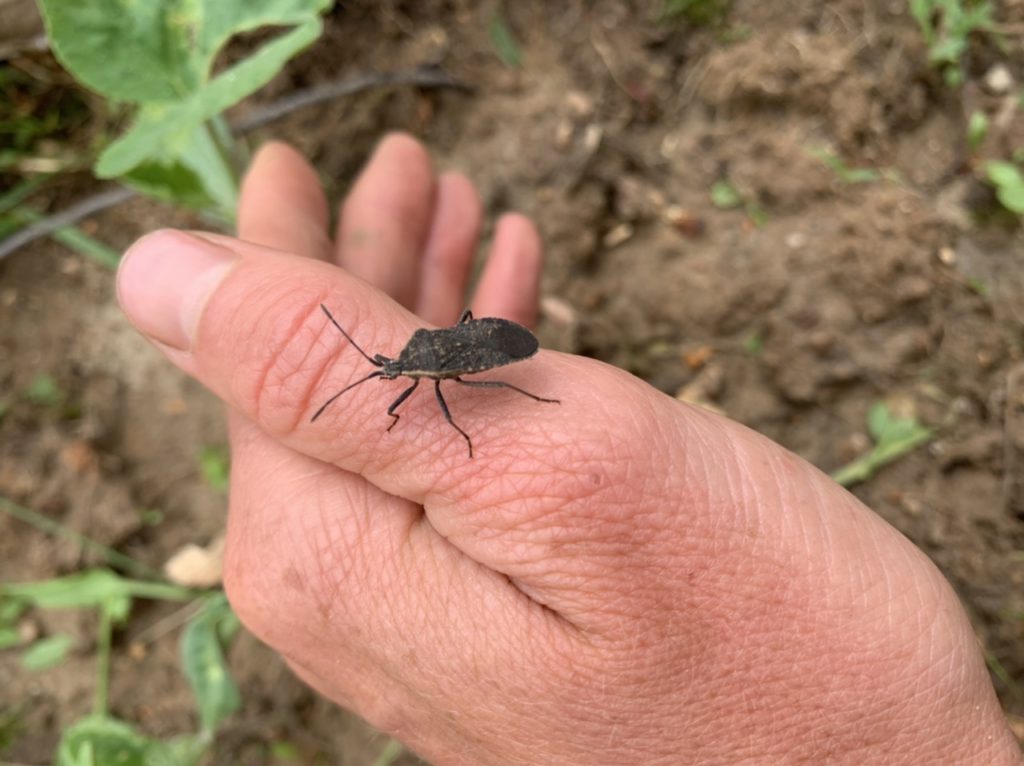
Methods
As specified in my previous article, I planted two separate planting blocks – one at our homestead Mountain Jewel and another 10 minutes away at a neighbor’s, Heartwood. Each block had 50 plants and included crosses from 2020 growing season as well as some new promising varieties.
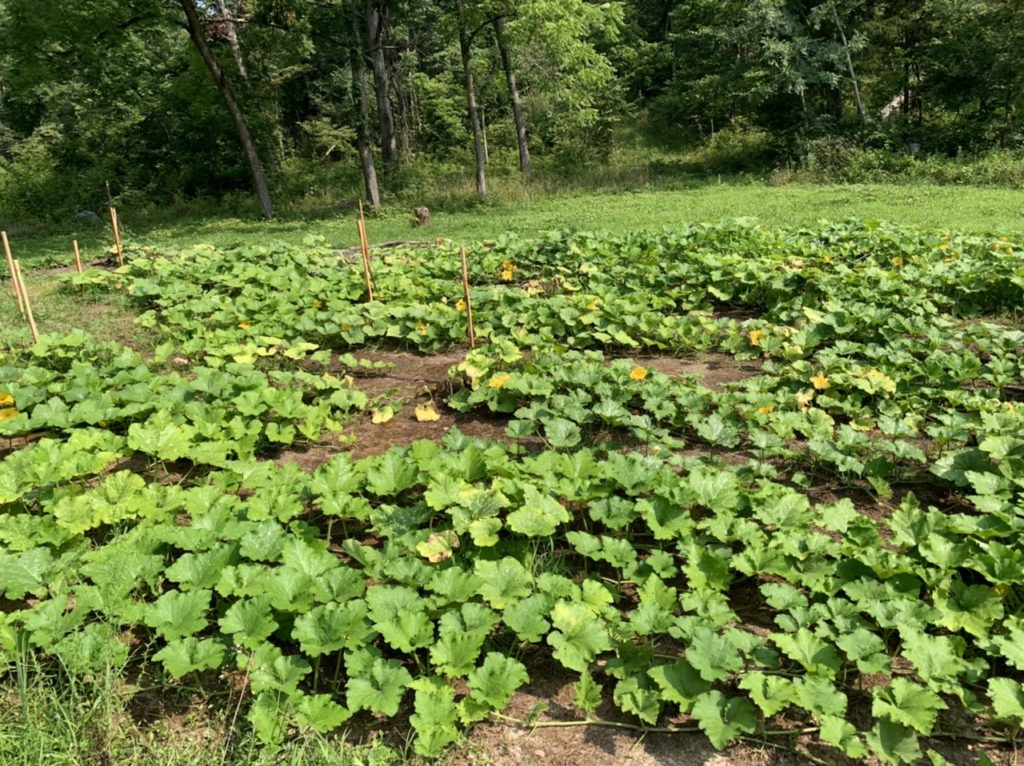
It was interesting to see how the plant vigor varied at the two different plots. The block at Mountain Jewel has been organically farmed for 5 years and is managed sustainably via cover cropping, mulching and addition of lime and local manure as needed. At Heartwood, we broke ground for the first time this year after suppressing grass with lumber tarps. We did not amend the soil in any way. The soil there is much sandier (being in a bottomland) and has a history as a cow pasture which has now hosted grass for over 40 years. At the beginning of the season at Heartwood, the “Thai Kang Kob cross” plants showed the most vigorous large plants. Consequently the squash bugs also flocked there in great numbers which later stunted their growth. This points to the efficacy of implementing “trap crops” (planting an early attractive host crop to serve as a magnet to “trap” the pest), which wasn’t a focus of this project, but is interesting nevertheless as an additional possibility in successful squash production.
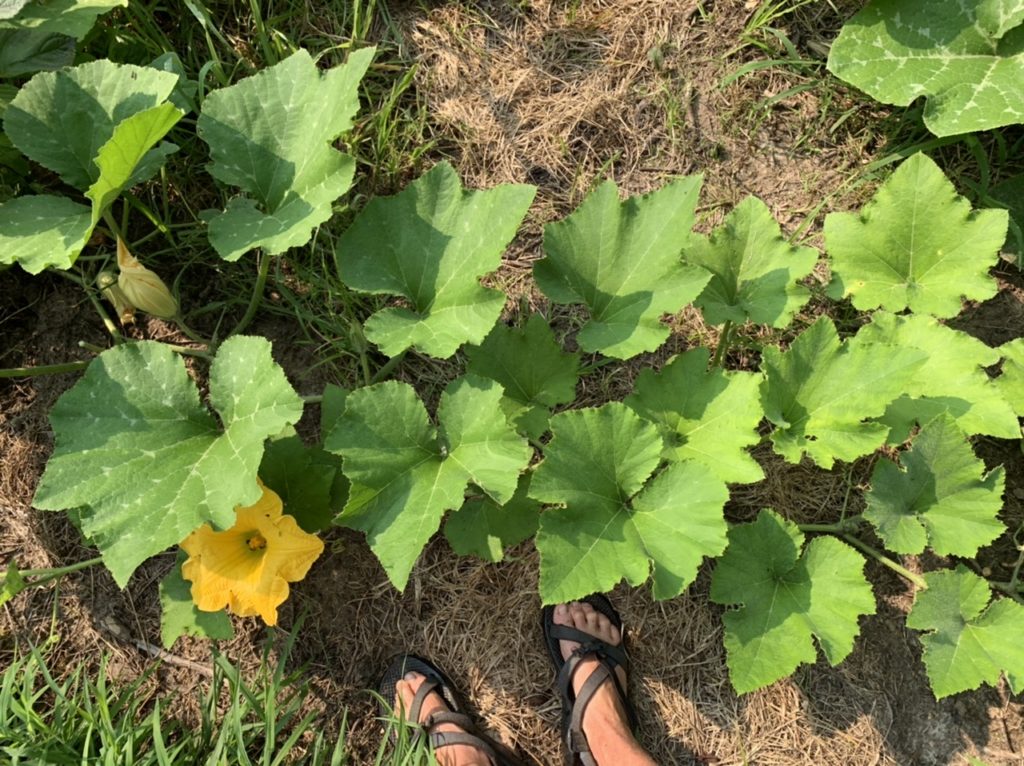
The plants at both plots had great starts with the abundant rains. As the season progressed, I took note of the squash bug pressure on the plants through rating them on a scale of 1-4.
1: little predation, 1-2 leaves slightly yellow
2: increased predation with obvious signs of pushing the plant growth back, 2-4 leaves impacted
3: 4+ leaves attacked
4: impact to the point of killing the plant; culled
Varieties
I grew 12 varieties of squash in 2021. Because the project’s long term aim is the creation of a grex, I started with varieties I had already crossed in 2020. The varieties listed below with an asterisk beside the name indicate seed that was not previously crossed and is a new addition to the grex in 2021. The rest engaged in some degree of cross pollination at random in 2020.
Lofthouse, Mrs. Amerson*, Cheese, Molena*, Rancho Marques, Seminole, Tahitian Melon*, South Anna, Magdalena Big Cheese*, Thai Raw Kaw Tok
Interestingly enough, early predation did not equate with die-off later in the season. In some cases the plant simply could not recuperate and withstand the squash bug pressure. This was true in the case of “South Anna”, “Magdalena Big Cheese”, “Tahitian Melon”. These plants failed to produce fruit and were culled.
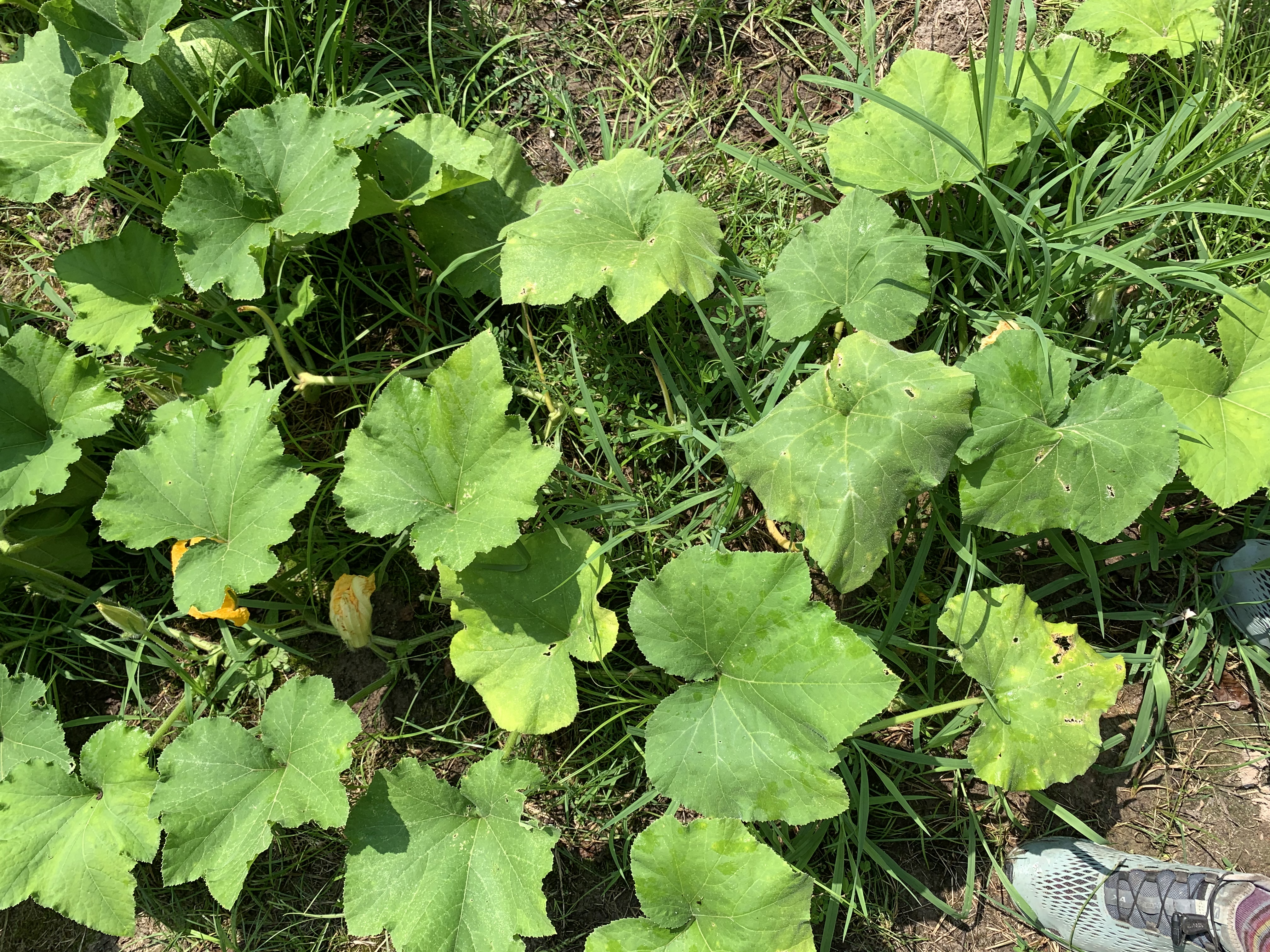
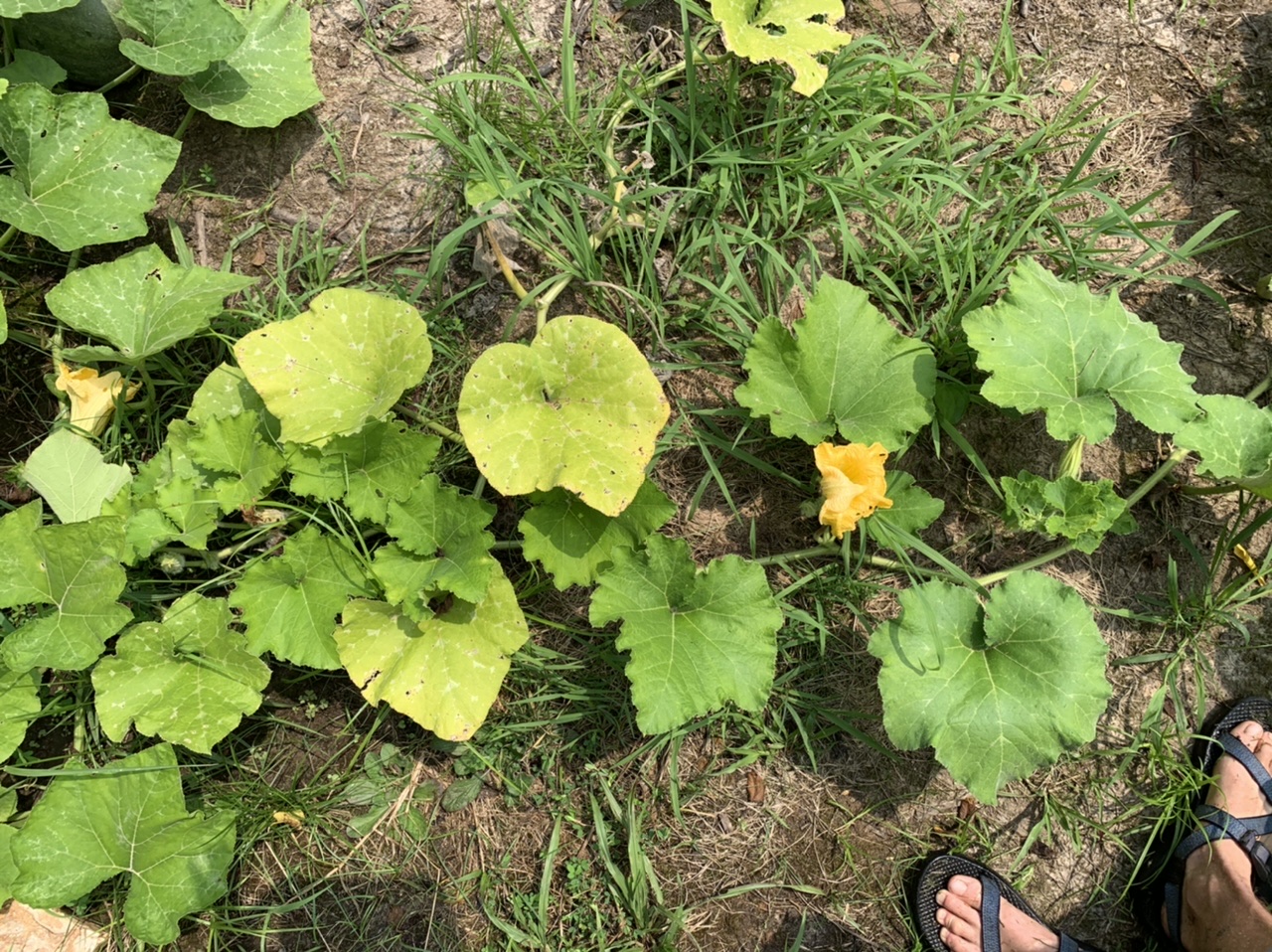

Some plants showed resistance to the squash bugs, but did not thrive. In this case, the fruit set was slow or stunted. The Thai Raw Kaw Tok demonstrated this as did the Mrs. Amerson. While fruit set and matured, the plants did not thrive. At the Heartwood plot, the Thai Kang Kob also did not thrive, putting on 1 fruit out of 8 plants! However, at Mountain Jewel, Thai Kang Kob, though late to set, did produce in abundance.
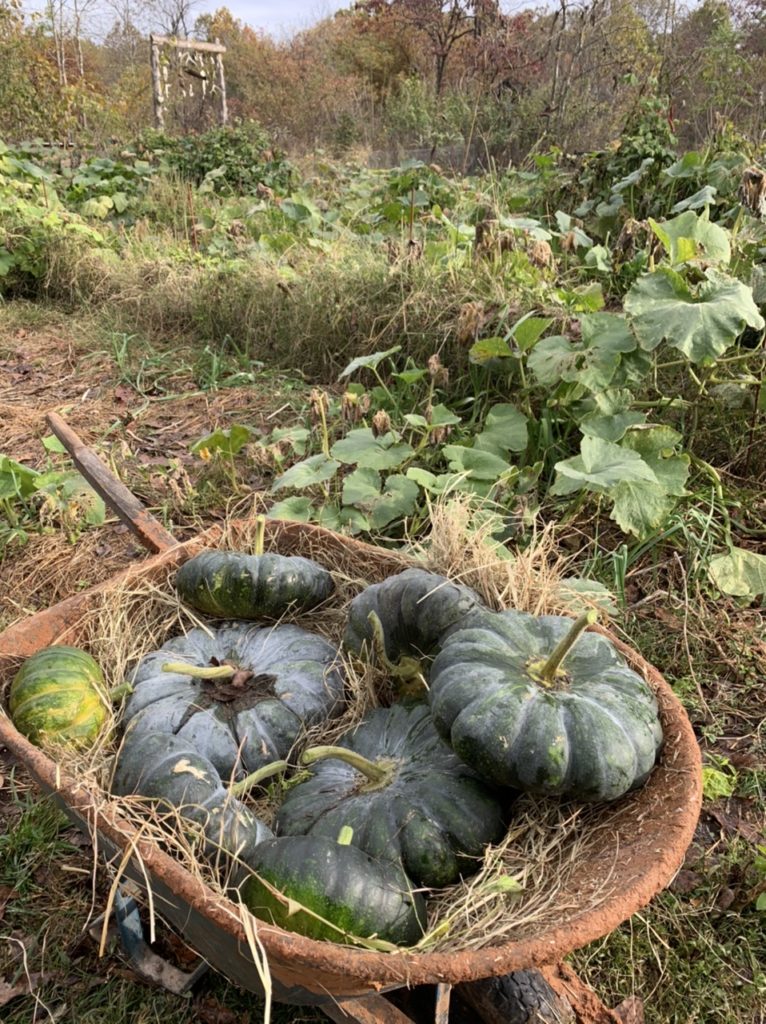
As discussed in my SARE Project Report, the varieties that showed the most promise are Ozark Cheese, Molena, Seminole and Rancho Marques. Lofthouse F1 cross produced the most squash the quickest and provides a valuable early-fruiting genetic.
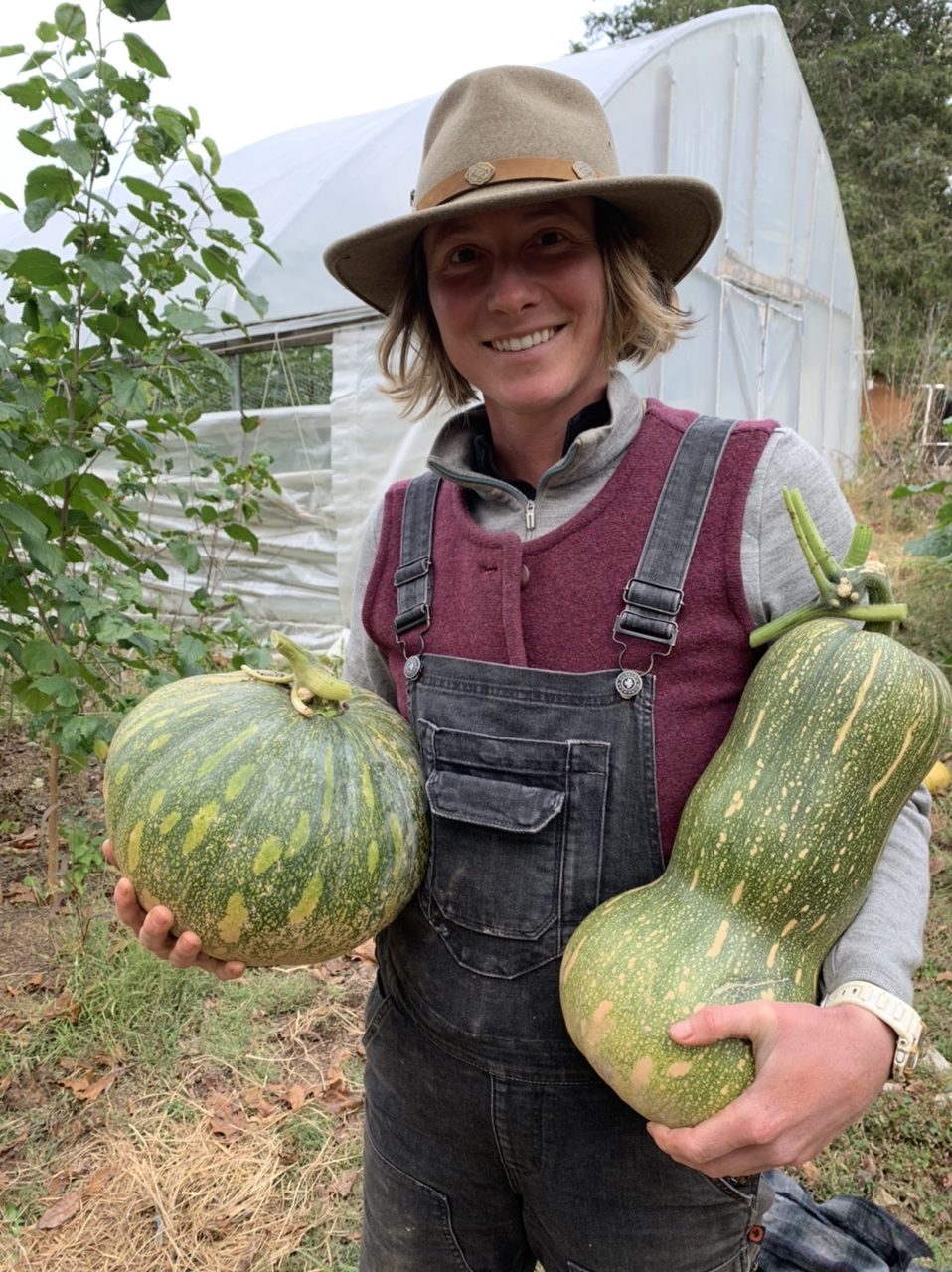
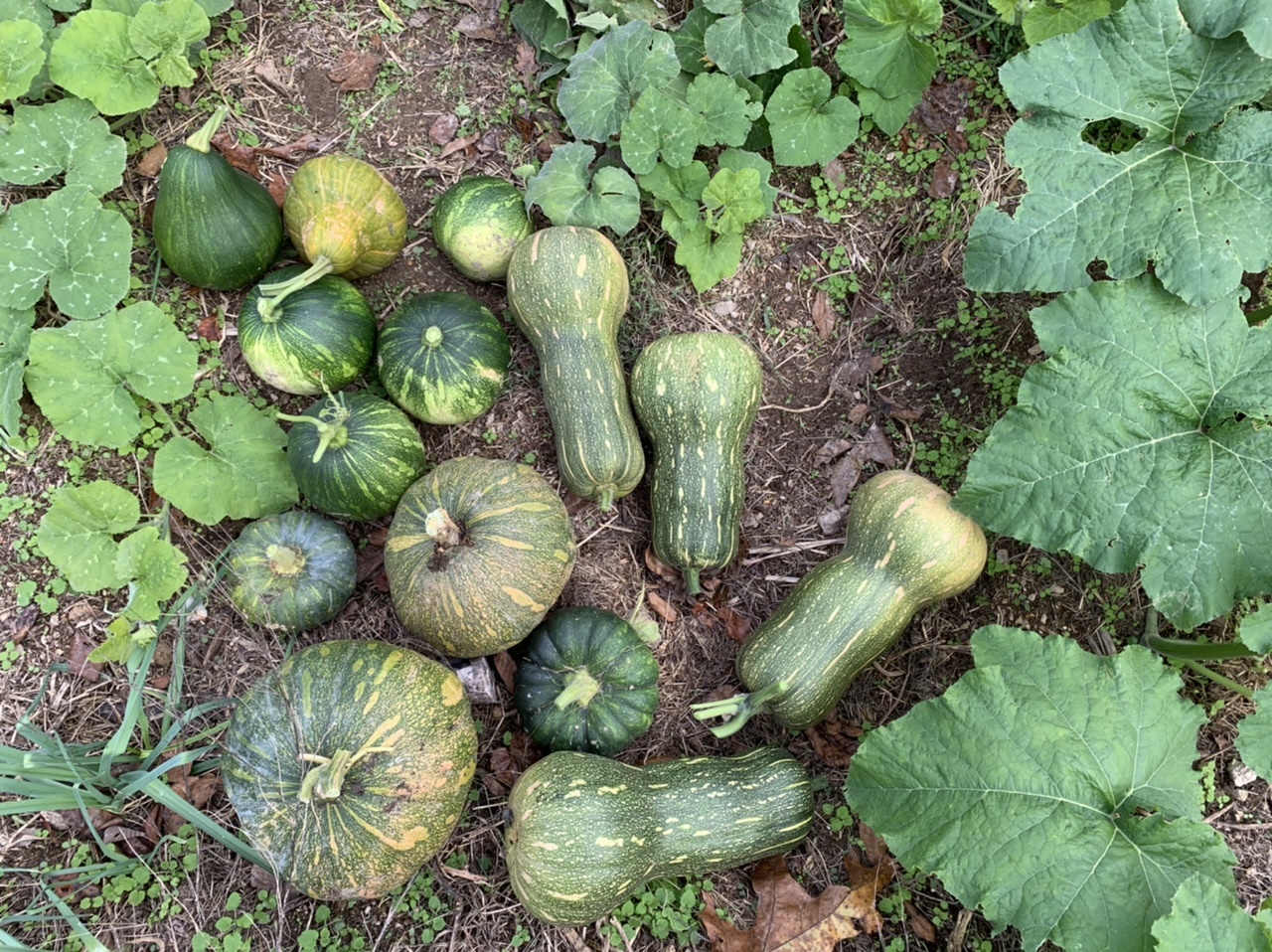

2021 Conclusion
This growing season was really exciting. I enjoyed growing so many plants and seeing what crosses popped up from the year before. This year the plants were more successful than ever. Though hit by squash bugs at varying rates, I feel confident that continuing to select seed from the most vigorous plants with the tastiest, best storing squash will continue to breed a regional variety that will allow people to grow squash in low input systems. I have thus far been selecting for survival in the face of squash bug pressure, taste/quality of flesh. In the future, I will continue to select for these aspects, but also give special attention to yield per plant as well as I did notice a decline in productivity this year in some of the plants.
If you’re interested in breeding from this grex, the seeds will be available in our shop come spring.
As mentioned earlier, check out my project report on the SARE website for further details from this breeding project.
Also, if you’re interested in learning more about the feedback from the Community Squash Tasting, check out this article I wrote!
Thanks to the North Central SARE for funding this project this year through a farmer/rancher grant!
This material is based upon work that is supported by the National Institute of Food and Agriculture, U.S. Department of Agriculture, under agreement number 2020-38640-0085683 through the North Central Region SARE program under project number FNC21-1276. USDA is an equal opportunity employer and service provider. Any opinions, findings, conclusions, or recommendations expressed in this publication are those of the author(s) and do not necessarily reflect the view of the U.S. Department of Agriculture.
